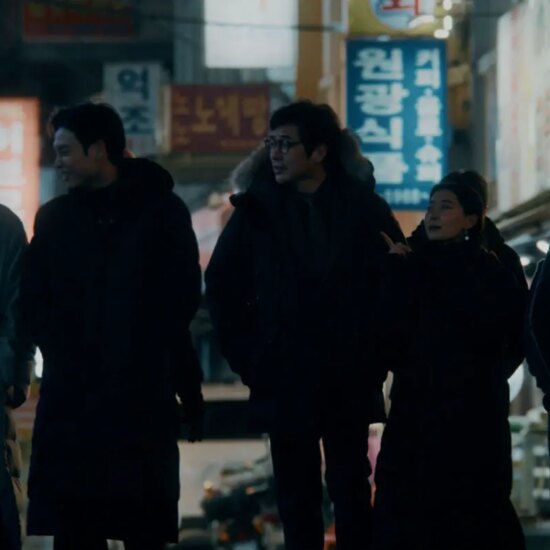
NEW TO NETFLIX! Tragic is probably the best word to describe Hollywood icon Marilyn Monroe. Along with her intense fame, she should have been happy, but as portrayed in Andrew Dominik’s Blonde, Marilyn’s life was…tragic.
Blonde opens with Marilyn as the child, Norma Jean (Lily Fisher). She lives with her bipolar mother, Gladys (Julianne Nicholson), who reveals to Norma Jean that her father is a big name in Hollywood, and one day they will all be reunited. When Gladys tries to drown Norma Jean after the final rejection of the “big name.” Norma lives out her youth in foster care.
From here, Ana de Armas takes over as Marilyn. Her Hollywood career starts by being raped by a studio mogul, entering a throuple with Edward G. Robinson, Jr. and Charles Chaplin, Jr., an abortion from the throuple, a marriage to an ex-athlete (Bobby Cannavale) and playwright (Adrien Brody), a forced drug addiction to ensure she on set to make movies, and an encounter with a U.S. President.
Based on Joyce Carol Oates’ fictionalized account of Marilyn in her novel, Blonde, writer/director Dominik focuses the entire film and the traumas of Norma Jean/Marilyn Monroe. Visually speaking, Blonde is a beautiful film…a work of art. Dominik tells the story through the lenses of the cameras that filmed all of Monroe’s movies. The film is shot in the postage stamp 5:4 aspect ratio to the standard 16:9. Blonde is then presented in black & white, to the stylized colors of the 60s. Color and aspect ratios constantly shift throughout the film, signifying shifts in tone and tension as opposed to following the history of cinema throughout Monroe’s life. Blonde should be seen in a theater, and Netflix is making a big mistake streaming it from the start.
“…a collection of Norma Jean’s trauma and its relentless.”
Though this may feel confusing or disorientating, this technique is quite effective. It’s disarming and disorienting, which is what Marilyn’s life was. We’re constantly being kept off-guard, which perfectly complements Ana de Armas’ performance.
Speaking of Ana de Armas, she is brilliant, and she personifies Marilyn…a very stylized and tragic version of Marilyn. Not just in her speech and mannerisms but in the way she conducts herself. De Armas is also drop-dead gorgeous. She earned this award-worthy role. It’s worth mentioning that though the film is NC-17, the nudity is rated-R toplessness and never explicit.
Marilyn used her beauty as a means to survive, and clearly, she used her beauty to find meaning in her life. She’s portrayed as well-read and series about the craft of acting. The tragedy of her life was that it was never her own and that someone…in fact, many someones was always pulling the strings of her career and life.
Much like Baz Luhrmann’s Elvis, Blonde doesn’t end so well for Marilyn, but then again, we knew this going in. This speaks to the film’s most significant problems, its length, and its tone. Blonde is almost three hours long, and these are three torturous hours ending on a very dark down note. Great films should make you feel, and Andrew Dominik makes you feel a lot of horrible feelings. The entire film is a collection of Norma Jean’s trauma and its relentless. She’s taken advantage of, beaten, and abused in the worst ways, and after the two-hour point, I wanted to end my life the same way she did. However, instead of a happy ending, the story arc is flipped as Monroe’s life starts from bad to worse with a brief moment of happiness with the Playwright.
Ultimately, Blonde is a recommend but loaded with caveats and disclaimers. It’s not for everyone. Its artistic visuals and Ana de Armas’ spot-on performance as Marilyn Monroe is worth seeing, but the almost three hours of emotional trauma may be a hard pass for most.














